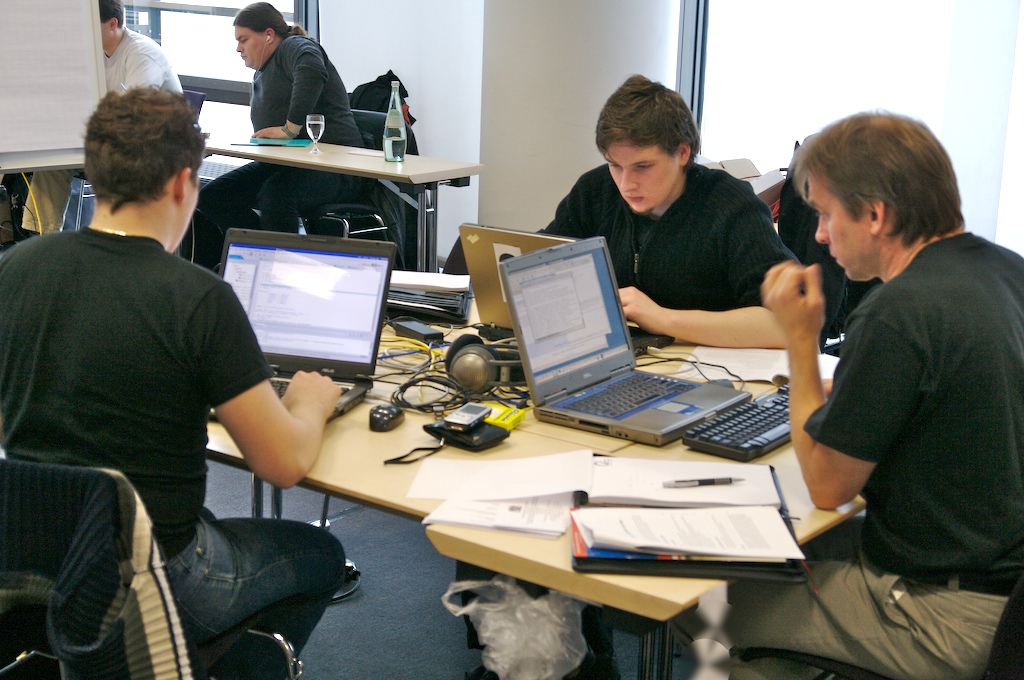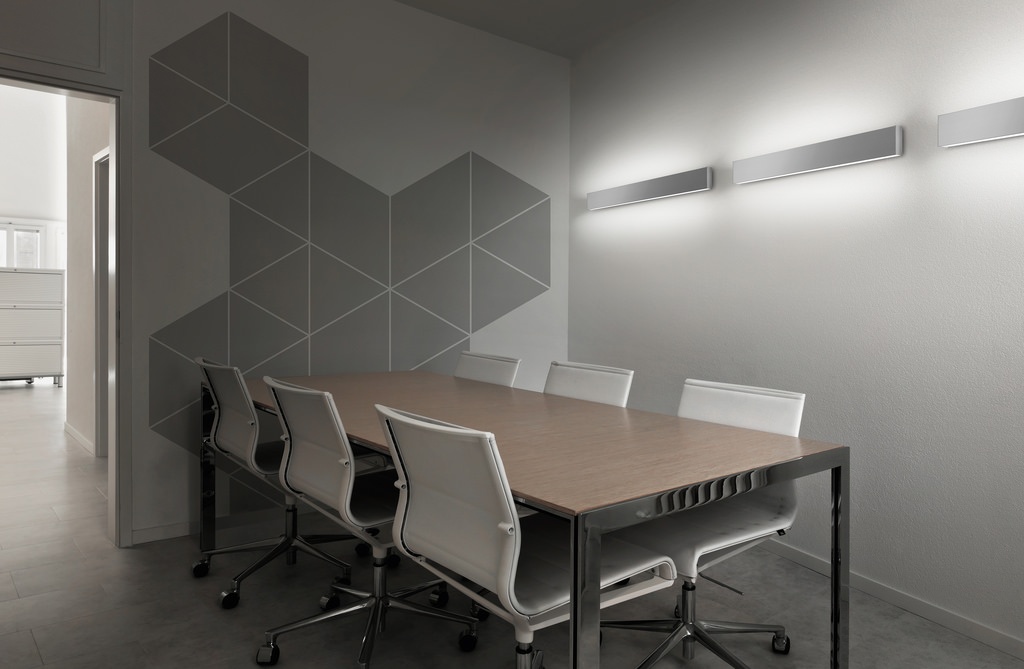Just as the invention of the printing press eliminated the need to copy out entire books by hand, just as the invention of the airplane shortened the trip from New York to LA by 35 hours, and just as the invention of e-mail made it unnecessary to send pieces of paper across the Atlantic and then wait two months for a response, so too can conference room technology help your company reduce the preposterous amount of time you waste in unproductive meetings each year (about 372 hours, according to one study) .
Here are 5 conference room technology investments you should make in order to enhance the business meeting experience:
Wireless Presentation Solution
It used to be the case that if you wanted to accompany your business presentation with a visual aid, you’d have to print it off on a sheet of paper, get the paper made into a transparency, and then book an overhead projector to show it.
Now all you have to do is connect your laptop to a screen or projector.
Unfortunately, this isn’t always as easy as it sounds. In conference rooms that rely on wires, finding the right cable or adapter can be just as time-consuming as making a transparency. Laptops come with so many different video outputs (HDMI, VGA, DVI, mini DisplayPort, etc) that accommodating them all is an exercise in futility.
This is why a wireless presentation solution can come in handy. By taking wires out of the equation, end users just have to press a button to connect their laptops. Needless to say, the amount of time it takes to press a button isn’t quite the same as the amount of time it takes to call up the IT department and ask them to rush over to the conference room with a VGA-to-HDMI adapter.
Visual Display and AV Equipment
Presentation software and hardware can only work to their full potential with the right visual equipment in place. Projectors, 4K TVs, electronic whiteboards, interactive displays, etc. can bring thoughts and ideas to life. For team activities, the display is the stage for real-time, in-depth discussion. People can connect, see each other, and heighten the meeting experience without time and location barriers.
Productivity Tools
One of the biggest culprits of meeting room time-wastage is the non-delivery of deliverables. If a team member hasn’t adequately prepared for the meeting, everyone loses. A great way to keep everyone on track is to invest in productivity tools such as Trello, Azendoo, or Redbooth.
Unified Communications
The number of communication tools — both hardware and software — currently available is staggering. By investing in a unified communications system, you can create a centralized location for tools on your network to be accessible from anywhere. This makes communication easier, both inside and outside the conference room.
Meeting Room Scheduling Software
It can be hard to have a productive meeting when all of the meetings rooms in your building are booked. By implementing meeting room scheduling software such as Teem, you can make sure that double bookings are a thing of the past.
Meeting room software can also help you optimize your meeting rooms. If a large room with a projector is constantly getting booked by a small group that never uses the projector or a small room with no projector is always being used by a large group that needs a projector, your company would greatly benefit from Teem.
Conclusion
Any investment you make in your company’s conference room technology comes down to the people who will be using it. It is important to consider them in your decision-making process. We all want to have the best technology available to our teams. Make the right decisions to make sure technology is working with—and not against—you and your colleagues.
ADDITIONAL READING
AV System Integrators: Are They Really Necessary?
Conference Room Design: A Guide For the Perplexed
7 Must-Have Video Inputs For Your Conference Table Connectivity Box


